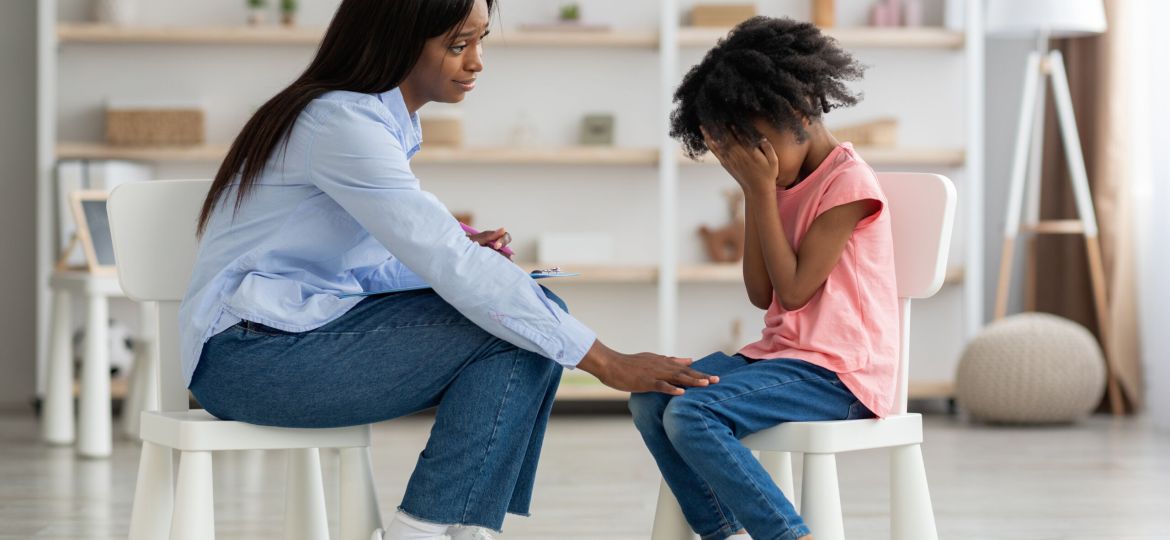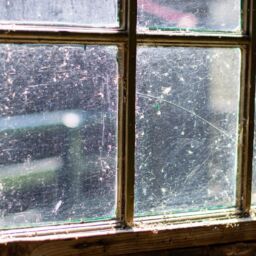
The effects of Domestic Violence On Children: Unseen Victims
by- Amanda Hildreth
Every year, as many as ten million children and teenagers witness Domestic Violence between their parents or caregivers. The US Department of Justice defines Domestic Violence as a pattern of abusive behavior in a relationship that is performed by one partner to gain or keep power over the other partner. Domestic Violence can include Physical, Sexual, Psychological, and Verbal Abuse (American Academy of Child and Adolescent Psychiatry, 2019).
Parents or caregivers in a violent relationship might think that Domestic Violence doesn’t affect their children. Even children who don’t see Domestic Violence happen are affected by conflict. Children can develop severe emotional and behavioral issues as a part of this conflict.
How Domestic Violence Affects Children
Around 10 million people are affected by Domestic Abuse every year, and when we consider children, that number only grows. As of 2010, 1 in 15 children were exposed to domestic Violence, and 1 in 3 children also experienced violence themselves (National Coalition Against Domestic Violence, 2023).
The effects of Domestic Abuse on a child may appear within a short period of time, and other damages may occur long term. Some of the immediate effects include:
Anxiety
Children who have witnessed domestic violence are constantly on edge and can live in a state of constant anxiety (Office on Women’s Health, 2023).
For preschool-aged children, exposure to Intimate Partner Violence may cause them to revert to younger habits such as thumb sucking, bedwetting, whining, and increased crying.
School-aged children can develop antisocial traits, guilt over the witnessed abuse, and self-esteem issues.
Post-Traumatic Stress Disorder
One of the most traumatizing effects of Domestic Violence is the ability to cause PTSD in children. Domestic Violence can cause dangerous changes in the brain of a developing child, including nightmares, sleep pattern changes, irritability, anger, difficulty concentrating, and more (Tsavoussis, Stawicki, Stoicea, Papadimos, 2014).
Physical Issues
Mental health strain is a common result of witnessing Intimate Partner Violence by their parents, and these consequences can sometimes become apparent in the child’s physical well-being.
School-aged children may experience headaches and stomach pains from witnessing abuse. With infants, there is a higher risk of experiencing physical injuries following abuse by the parent or caregiver (Stiles, 2002).
Aggressive Behavior
When adolescents are exposed to Domestic Abuse, they usually act out as a reaction to the situation. They may begin to skip school, engage in fights, engage in risky sexual activities, or begin to use drugs and alcohol. Teenagers in these situations are also likely to get in trouble with law enforcement (Stiles, 2002).
Physical Abuse
In many situations like this, children that live in households where Intimate Partner Violence occurs are also likely to experience Physical Abuse. An abusive partner can quickly become an abusive parent who physically, verbally, or emotionally harms the children (Moylan, Herrenkohl, Sousa, Tajima, Herrenkohl, Russo, 2010).
Long-Term Consequences Of Exposure To Domestic Violence
Children that grow up experiencing exposure to Domestic Abuse are likely to deal with long-term effects that last into adulthood. Some of these long-term effects include:
Depression
An anxious child raised in an abusive household can grow into a depressed adult. Continually witnessing Domestic Violence puts children at a higher risk of developing sadness, concentration problems, and depression into adulthood.
Health Issues
In certain cases, illnesses such as heart disease, obesity, and diabetes in adulthood have direct links to Physical, Emotional, and Verbal Abuse that a child was a witness to or subjected to that abuse (Monnat, Chandler, 2015).
Repeating Abusive Patterns
Witnessing Domestic Violence doesn’t guarantee that children will take a different path for themselves. In some instances, childhood exposure to abuse sets the stage for children to take that same path into adulthood.
In some instances, male children may cause Physical Abuse against their partners after watching their fathers abuse their mothers. Women who reside in homes that are exposed to Domestic Abuse are more likely to be sexually assaulted by their own partners into adulthood (Office on Women’s Health, 2023).
Protecting Children From Domestic Abuse
Now that we know that Domestic Abuse can have lasting effects on children into adulthood, it is vital to protect them from abuse. Here are some ways to protect children from Domestic Abuse (VeryWellMind, 2021).
Make Safety A Priority
One of the most essential ways to protect a child is for a Victim to receive the support to leave the abusive environment; children are saved from further exposure to violence and given the opportunity to grow up in a healthier environment.
Teach Children Healthy Relationship Interactions
When children have an unhealthy view of romantic relationships, talking to children about healthy interactions between partners can help with managing the damage caused by witnessing Domestic Abuse.
Children should be shown healthy ways to resolve disputes in relationships. It is also essential that they learn ways that parameters can relate to each other and share with them why violence doesn’t have a place in relationships.
Educate Children About Boundaries
Another way to deal with the damage caused by Domestic Abuse is to teach children healthy boundaries. Teaching children about autonomy is a valuable step. Children also need to be taught to tell a trusted adult if anyone is making them uncomfortable.
We at Abuse Refuge Org (ARO) are here to support you in your personal healing journey to complete well-being. We bring awareness and education to thirteen different types of abuse and help others heal and find peace. If you would like to learn more and donate to help others find refuge, please visit GoARO.org.
References
Aacap. (2019, May). Domestic Violence and Children. Domestic violence and children. Retrieved February 15, 2023, from https://www.aacap.org/AACAP/Families_and_Youth/Facts_for_Families/FFF-Guide/Helping-Children-Exposed-to-Domestic-Violence-109.aspx
National Coalition Against Domestic Violence. (2015). Domestic Violence & Children. Retrieved February 15, 2023, from https://assets.speakcdn.com/assets/2497/children_and_dv.pdf
Office On Women’s Health. (2021, February 15). Effects of domestic violence on children. Effects of domestic violence on children | Office on Women’s Health. Retrieved February 15, 2023, from https://www.womenshealth.gov/relationships-and-safety/domestic-violence/effects-domestic-violence-children
Tsavoussis, A., Stawicki, S. P. A., Stoicea, N., & Papadimos, T. J. (2014, October 10). Child-witnessed domestic violence and its adverse effects on brain development: A call for societal self-examination and Awareness. Frontiers in public health. Retrieved February 15, 2023, from https://www.ncbi.nlm.nih.gov/pmc/articles/PMC4193214/
Stiles, M. M. (2002, December 1). Witnessing domestic violence: The effect on children. American Family Physician. Retrieved February 15, 2023, from https://www.aafp.org/pubs/afp/issues/2002/1201/p2052.html
Moylan, C. A., Herrenkohl, T. I., Sousa, C., Tajima, E. A., Herrenkohl, R. C., & Russo, M. J. (2010, January). The effects of child abuse and exposure to domestic violence on adolescent internalizing and externalizing behavior problems. Journal of family violence. Retrieved February 15, 2023, from https://www.ncbi.nlm.nih.gov/pmc/articles/PMC2872483/
Monnat, S. M., & Chandler, R. F. (2015, September). Long term physical health consequences of adverse childhood experiences. The Sociological quarterly. Retrieved February 15, 2023, from https://www.ncbi.nlm.nih.gov/pmc/articles/PMC4617302/
Plumptre, E. (2021, November 17). How witnessing domestic violence affects children. Verywell Mind. Retrieved February 15, 2023, from https://www.verywellmind.com/the-impact-of-domestic-violence-on-children-5207940#citation-1
















